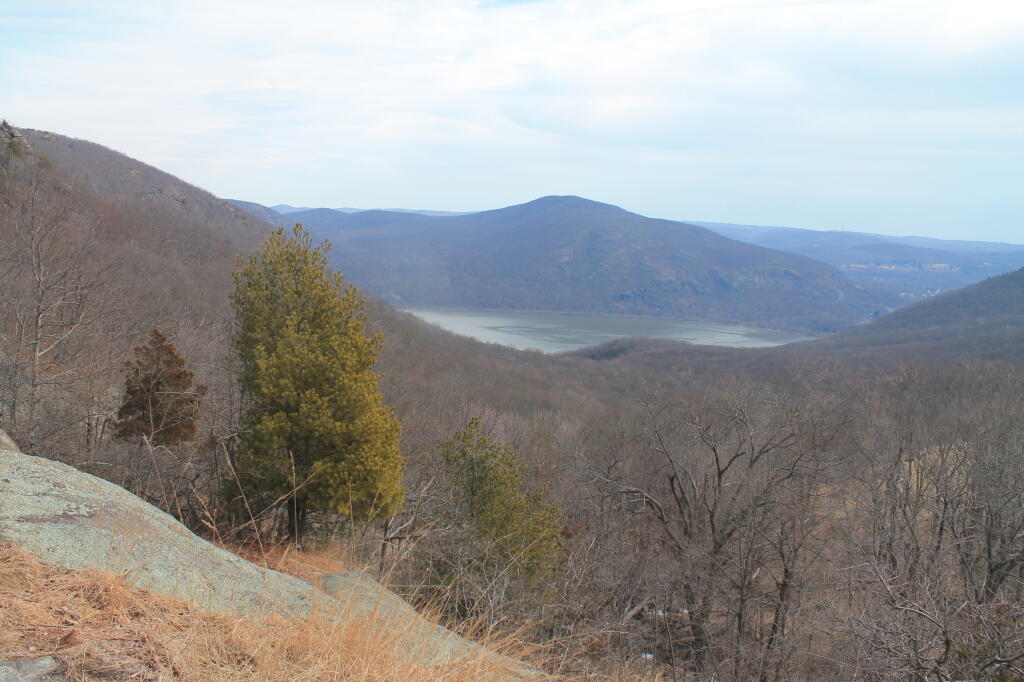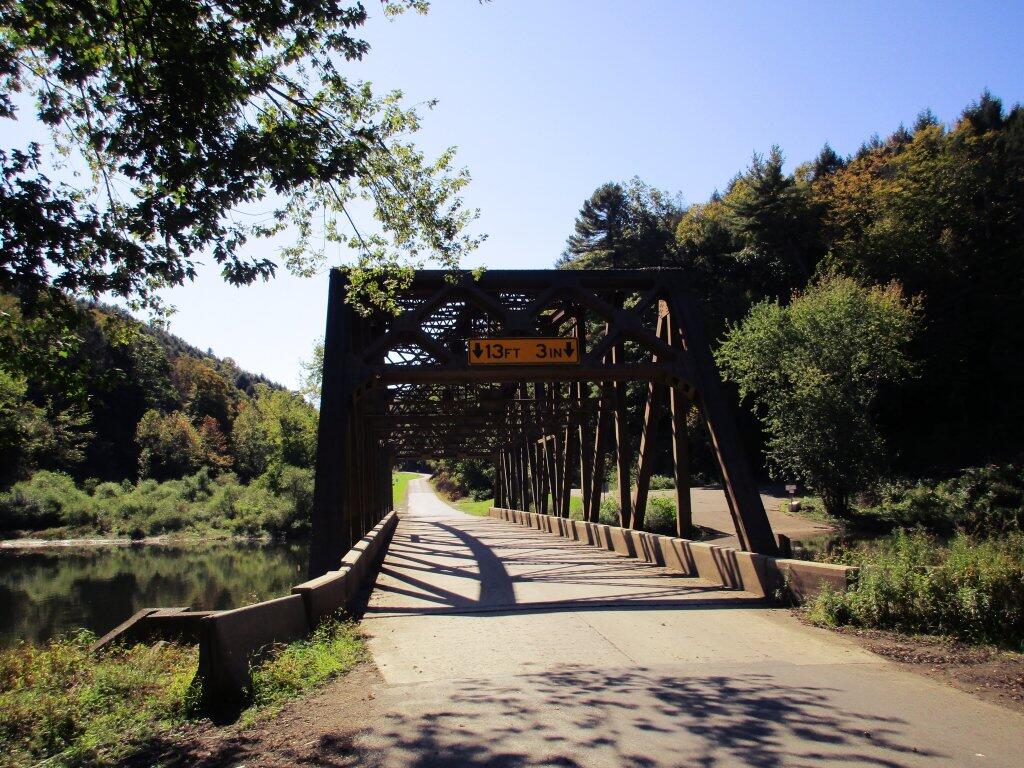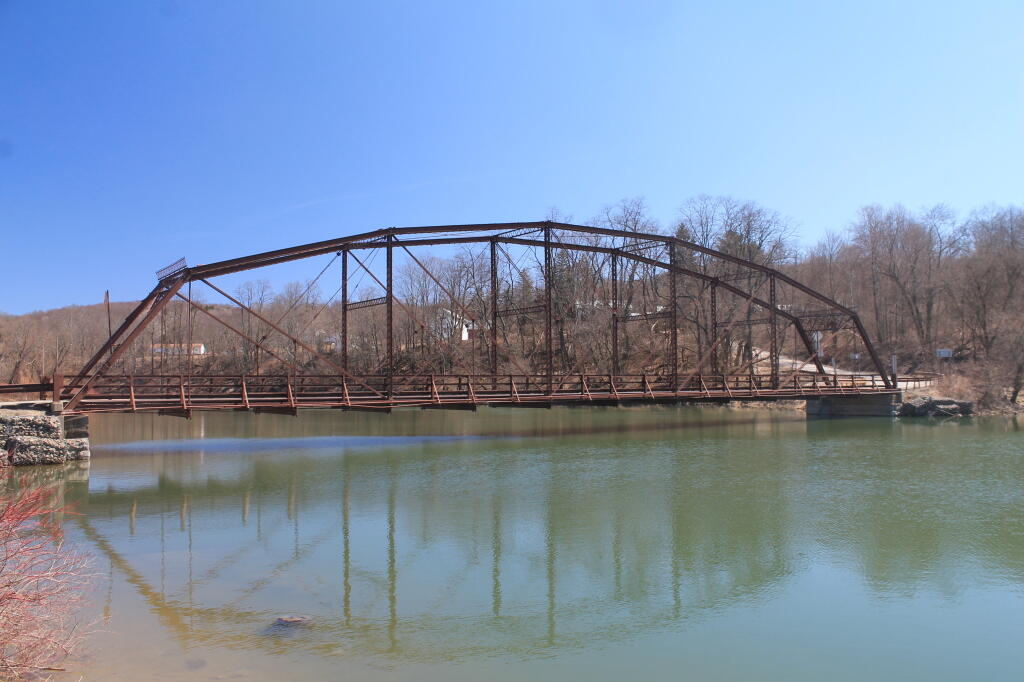NPR
White’s Island, Penna
Jim Inch’s story began in Snyder County before his father Robert rented a house, then owned by the power company, on White Island.
In 1944, Robert swapped five mules—his farming power source—for a down payment on an International Harvester F-12. He planted 65 acres of feed corn, cultivated it three times, hired men to hand-husk it, then paid them with corn, leaving plenty for his corncrib.
Later that season, he learned that his down payment covered the tractor, and he even received a $200 rebate on it. The next year, he planted 36 more acres of corn on White’s Island.
“Dad said right then that he should have quit farming while he was ahead,” says Jim, 81. “You can be rich one day and poor the next in this business.”
Jim, though retired, still works seven days a week. He lives on another farm owned by Roy Adams & Son, Inc., which now has the unique farming rights to White’s and three other islands in the Susquehanna.
Tammy Wolfe, Roy Adams’ daughter and office manager in Sunbury, PA, says most don’t realize how hard farmers work, where food comes from or how technology-based today’s farming is. “We’re proud of that work and proud to be a part of it,” she says.
Looking Back Down
Hawk Overhead
The Bridges That Go Underwater 🌉
Nebraska Bridge
Nebraska Bridge is behind the Tionesta Storm Control Reservoir. Built before the reservoir. When water levels are high like in the spring, the bridge is submerged. As there is little current there, as it’s behind the dam, the bridge just gets wet and covered with branches sometimes. Water level drops, bridge reopens. Happened hundreds of times since dam built in 1940. Bridge built in 1933.
Upper Lisle Bridge
There is a similar bridge on Whitney Point Reservoir in New York. Under water part of the year above water in the summer and dry spells. The Whitney Point submerged bridge dates back to the 1880s. With little current, the bridge is unharmed by the slow rise and fall of water around it.
NYS Population by MTA Region
New York State’s population, per 2010 census:
Metropolitan (MTA) Region – 67.29%
- NY City – 42.19%
- Long Island – 14.92%
- Quarter Pounders – 5.58%
- Westchester – 4.90%
Upstate New York – 32.71%
- Erie County (Buffalo) – 4.71%
- Monroe County (Rochester) – 3.84%
- Onondaga County (Syracuse) – 2.41%
- Albany County (Albany) – 1.57%
- 45 remaining Upstate Counties – 20.15%




